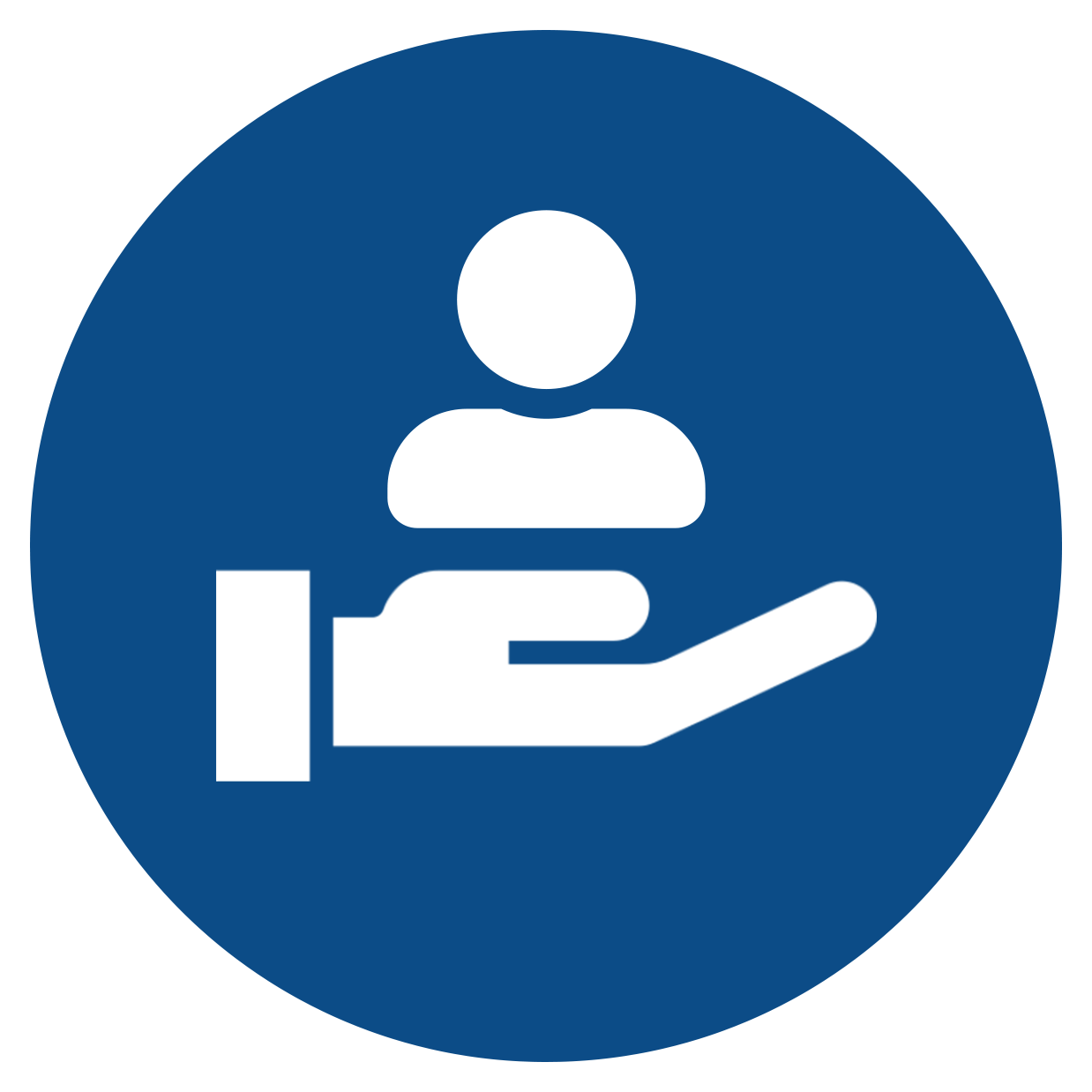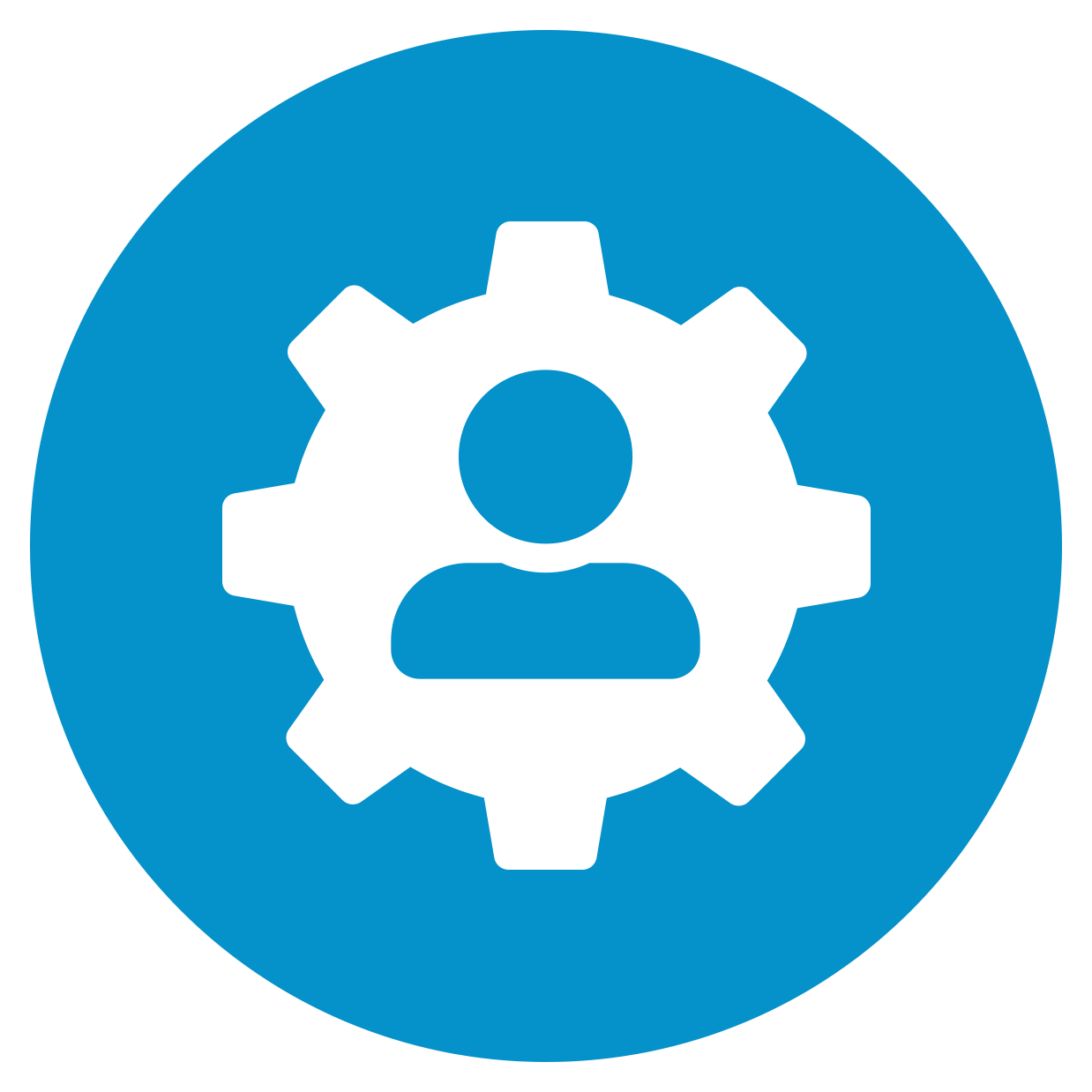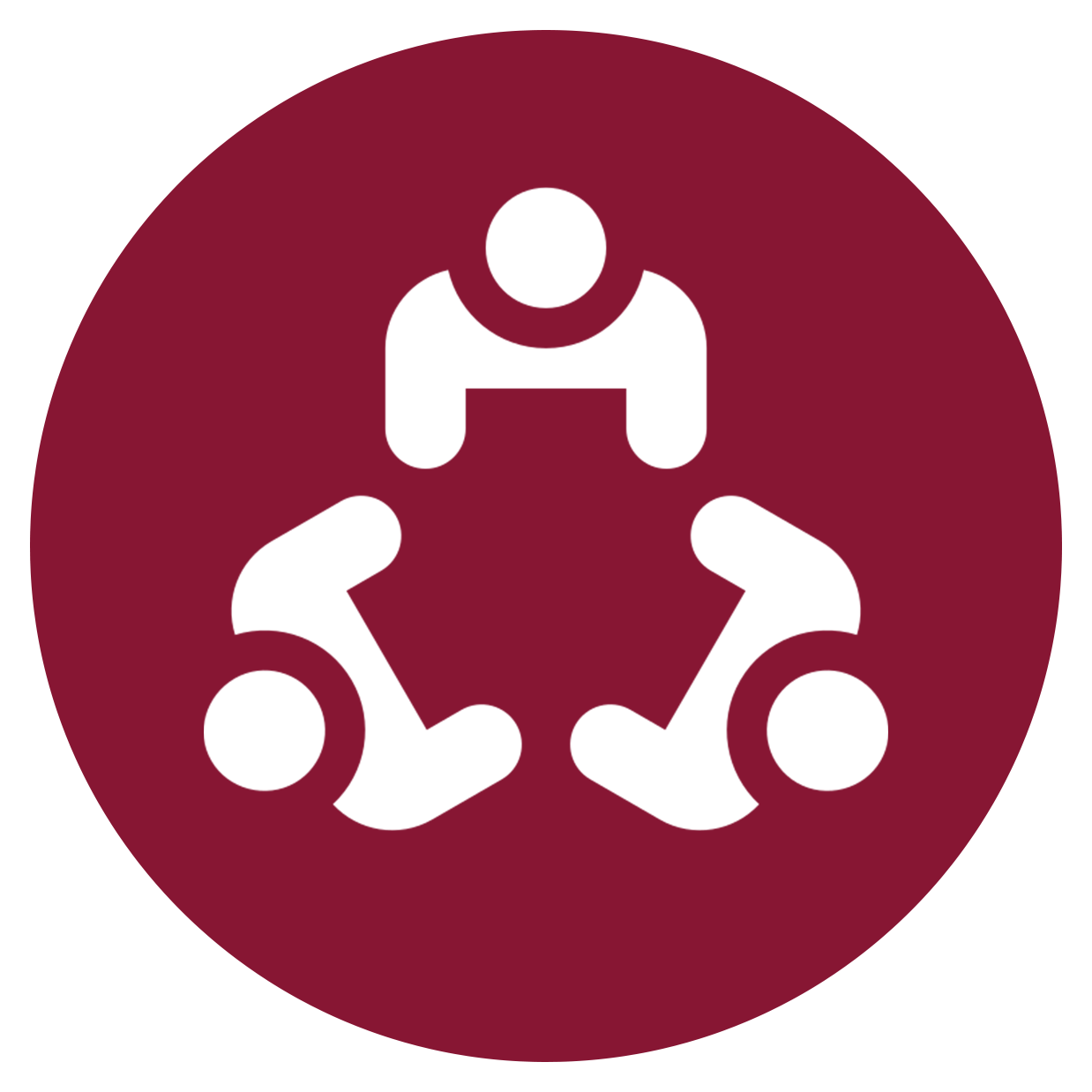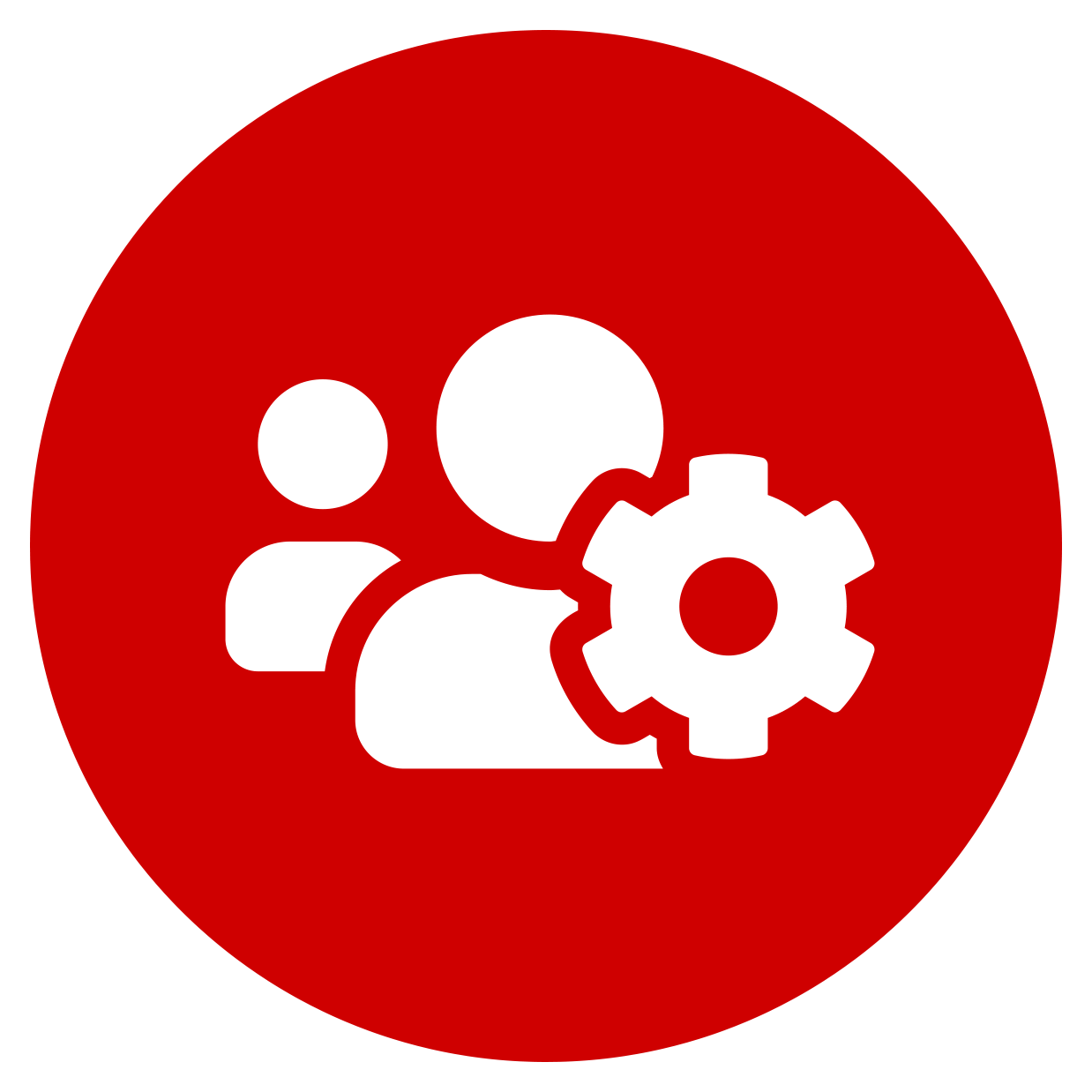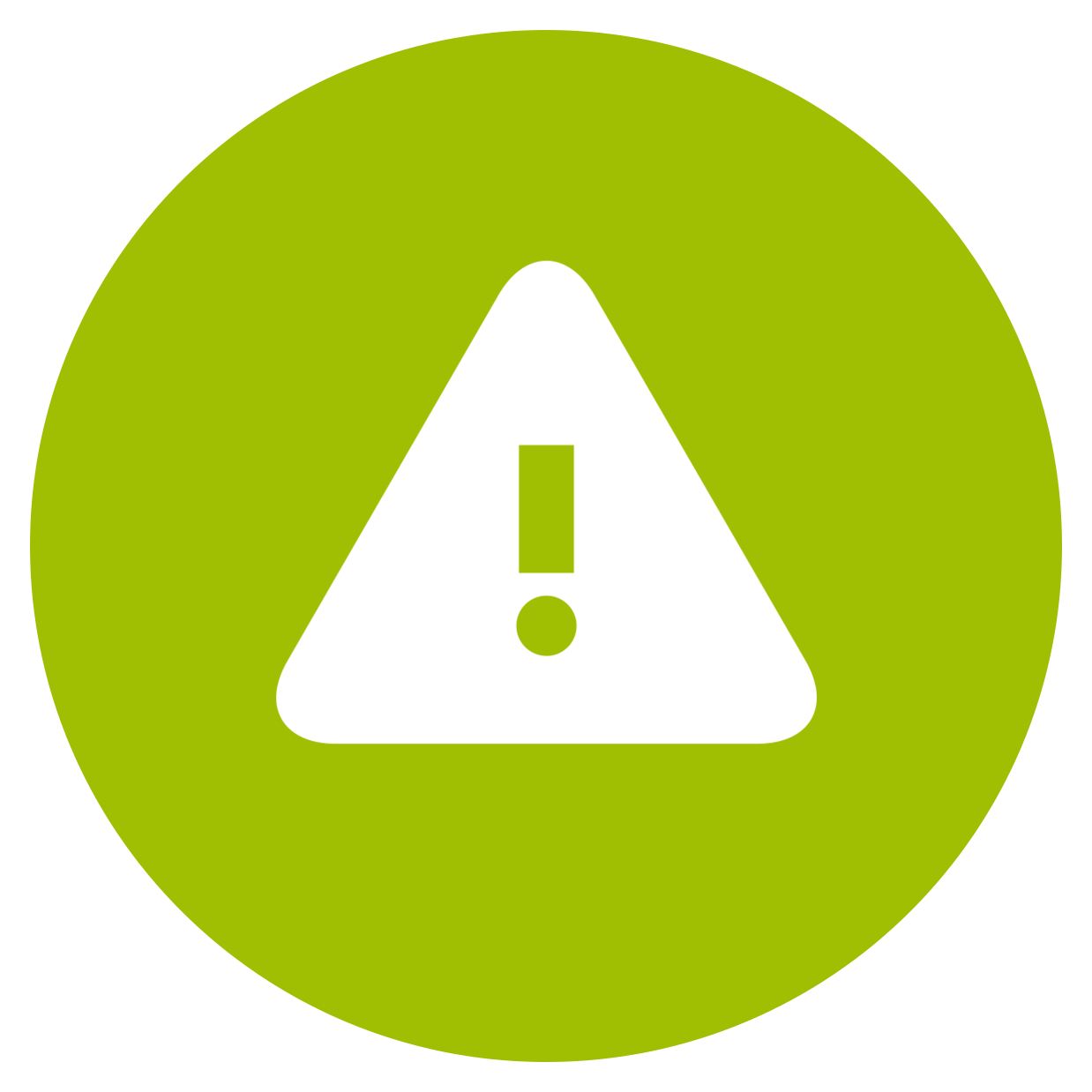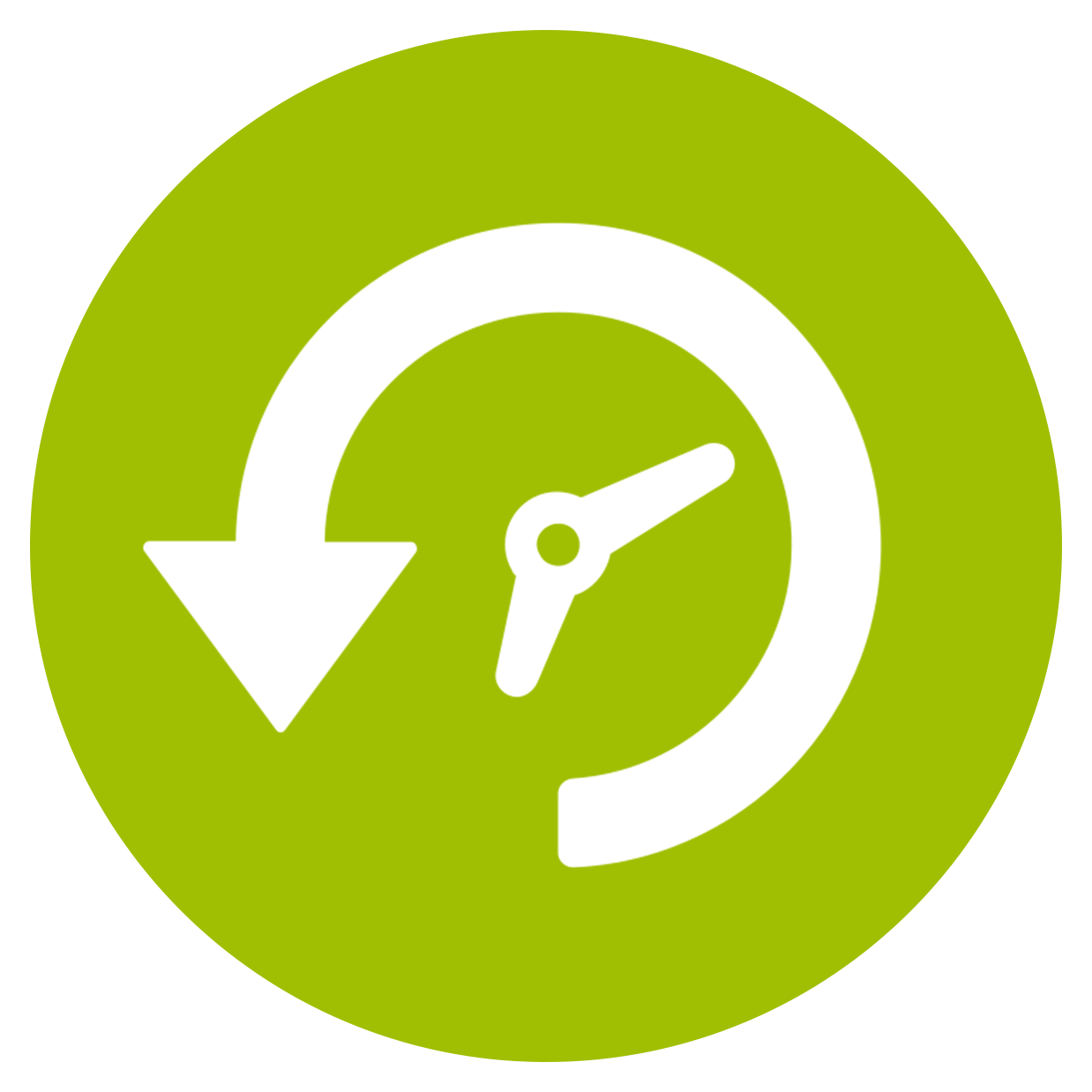
4 Friction-Fighting Steps for Your Bank
by Rhonda Sheets | Founder, President, CEO
As financial institutions face intense competition and heightened consumer expectations, it is crucial for bank leaders to prioritize the customer experience (CX), so they can retain customers and stay ahead of the competition. Why is CX such a priority? Because the number one reason people leave financial institutions is the friction they encounter in their experiences.
“Customer friction” refers to any obstacle or difficulty a customer encounters when interacting with a financial institution. It can occur at any stage of the customer journey, from account opening to customer support and service. While some friction points may be minor, others can be major barriers that cause customers to switch to a competitor. In a 2020 survey conducted by PwC, 32% of banking customers said they would consider leaving their bank after just one bad experience, and 54% said they would consider leaving after multiple bad experiences.
Bank leaders today are frustrated by their inability to see the path to their objectives. They are searching for a “clear line of sight” to provide the intel they need to make decisions and execute them quickly. In today’s uncertain and rapidly changing banking landscape, being able to get the CX insight you need to act quickly and wisely on issues like friction is more than just a competitive advantage – it is a matter of survival.
To tackle the issue of CX friction, banks must first identify its source. Is it caused by your products, your people, your processes, or your channels? Without pinpointing where the friction originates, it is impossible to address it.
The most effective way to identify customer friction is profound in its simplicity: ask your customers directly. By soliciting feedback and opinions from your customers, you can gain valuable insights into their experience and identify areas of friction that need to be resolved.
Take these actions to Identify sources of friction:
- Conduct customer surveys to ask your customers about their experience and identify areas where they encountered friction.
- Analyze customer data to identify patterns in customer behavior that may indicate areas of friction.
- Conduct mystery shops via third-party companies to simulate the customer experience and identify pain points that can be improved by coaching service behaviors.
- Use social media monitoring to identify customer complaints and concerns that may indicate areas of friction.
Once you have identified the sources of your friction, take swift action to remove them. The goal is to make the customer experience as seamless and effortless as possible, thereby reducing the likelihood that your customers will leave.
Identifying and resolving friction doesn’t just affect customer retention. It can drive business growth and efficiency across your entire organization. By removing friction points, you can create operational efficiencies that lead to cost savings and increased productivity. Additionally, a positive customer experience can create brand advocates who spread the word and attract new customers to your bank.
Take these actions to Remove CX friction:
- Simplify processes and procedures to make them more efficient and customer-friendly.
- Improve employee training to ensure that all employees are knowledgeable and equipped to handle customer needs and inquiries.
- Re-evaluate product offerings to ensure that they meet the needs and preferences of your customers.
- Implement digital tools and technologies to streamline processes and improve the customer experience.

Keep in mind that managing your customer experience is an ongoing task. You can’t just address it sporadically or when a crisis flares up. You need to keep your listening posts open so you can recognize the factors that are likely to contribute to friction. Then you can be proactive in dealing with the situation before the friction gets so intense that it drives your customers away.
Here’s how to continually Monitor the customer experience for friction:
- Implement ongoing customer feedback mechanisms to track customer satisfaction and identify areas where improvement is needed.
- Analyze customer data and feedback to identify trends and patterns in customer behavior and preferences.
- Conduct regular employee training and development to ensure that employees are equipped to handle customer needs and inquiries.
Many tools are now available to help manage your customer experience. By using new technologies to automate routine processes and improve service efficiencies, you can free up time and energy to engage in more meaningful, personalized conversations with your customers. Digital tools that capture and analyze customer feedback can also be used for other purposes that get you to your goals quicker and stronger.
Take the steps listed under each of the purposes below to Transform your CX with technology and digital tools:
A. Measuring Customer Satisfaction:
- Invest in mobile banking apps, online account management tools, and chatbots or other artificial intelligence tools for customer support.
- Use data analytics and artificial intelligence to personalize the customer experience and anticipate customer needs.
- Implement digital tools and technologies to streamline processes and improve operational efficiency.
B. Personalizing the Customer Experience:
- Collect data on customer behavior and preferences to create personalized offers and recommendations.
- Implement artificial intelligence (AI) tools and predictive analytics to anticipate customer needs and preferences.
- Use digital tools to track customer interactions and tailor experiences based on individual preferences and behaviors.
C. Streamlining Operational Efficiency:
- Implement digital tools and technologies to automate processes and reduce manual workloads.
- Use data analytics to identify bottlenecks or inefficiencies in operations and processes.
- Apply customer feedback to allocate resources to priority areas and inform investment strategies.
- Implement a system of regular assessments for internal processes and procedures in order to identify gaps in internal service and highlight opportunities to improve collaboration within and among teams.
Overall, digital tools can provide valuable insights into the customer experience and help financial institutions measure the effectiveness of their customer experience initiatives. By leveraging these tools for different purposes, financial institutions can gain a better understanding of customer needs and preferences, personalize the customer experience, and streamline operational efficiency.
It is critical for banks to take action to remove friction points, and to do so quickly, in order to keep their customer happy and loyal. By soliciting customer feedback, banks gain valuable insights into the customer experience and use this information to inform strategy and best practices.
Banks taking practical actions like those mentioned above can achieve a winning edge in a competitive industry by differentiating themselves through their customer experience.
Fix Friction Fast - Send Us a Message
If you don’t have the time or resources to address the tasks involved in removing friction from your customer experience, send us a message. We have the solutions and expertise to do all of this for you:






